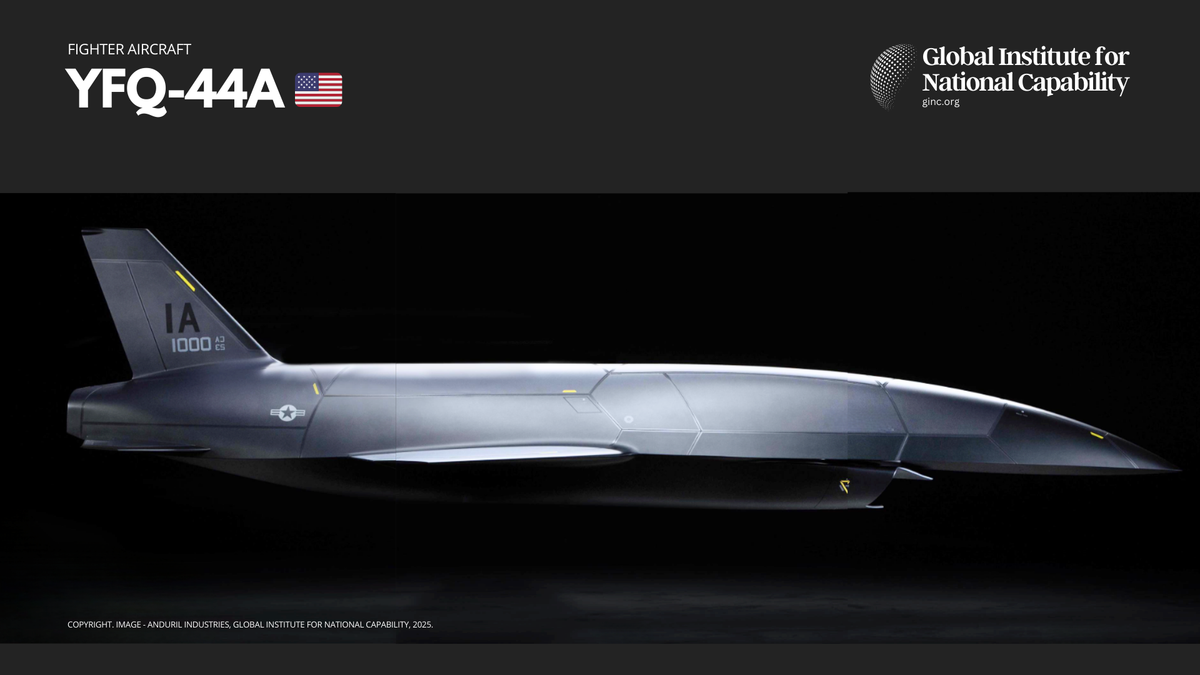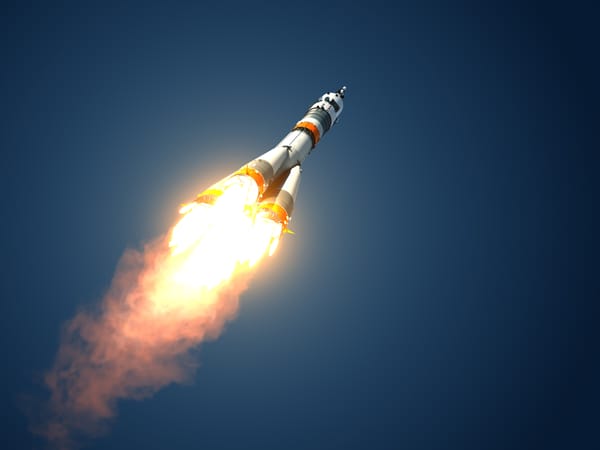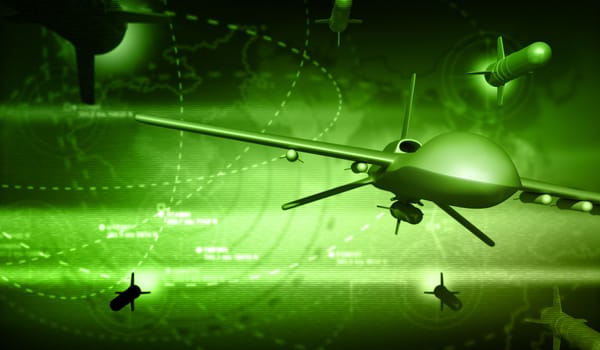YFQ-44A 'Fury' 🇺🇸

The YFQ-44A, internally known as “Fury”, is an advanced unmanned fighter prototype developed by Anduril Industries under the U.S. Air Force’s Collaborative Combat Aircraft (CCA) program. This initiative aims to integrate autonomous drones as “loyal wingmen” alongside crewed fighters, enhancing capabilities in air-to-air combat, electronic warfare, and intelligence, surveillance, and reconnaissance (ISR) missions.
Designation and Purpose
The designation YFQ-44A follows the U.S. Air Force’s Mission Design Series:
- Y: Prototype
- F: Fighter
- Q: Unmanned aircraft
This marks the first time the Air Force has assigned a fighter designation to an unmanned system, signifying a pivotal shift in aerial warfare strategy.
Technical Specifications (Known)
While detailed specifications remain classified, available information includes:
- Length: Approximately 6 meters
- Wingspan: Approximately 5 meters
- Maximum Takeoff Weight: Around 2,268 kilograms
- Propulsion: Single turbofan engine
- Speed: Estimated up to Mach 1.2
- Payload Capacity: Limited to maintain stealth; internal weapons bay absent
- Design Features: Stealth-optimized with a flat, angular profile and V-tail configuration
The absence of an internal weapons bay suggests a focus on stealth and reconnaissance roles, potentially limiting its direct combat payload.
Capabilities and Roles
The YFQ-44A is designed to operate semi-autonomously, executing tasks such as:
- Air-to-Air Combat: Engaging targets in coordination with manned fighters
- Electronic Warfare: Disrupting enemy communications and radar systems
- ISR Missions: Gathering intelligence and providing real-time battlefield awareness
Its integration into the CCA program reflects a broader strategy to enhance combat effectiveness through human-machine teaming.
Development and Testing
The YFQ-44A’s development follows Anduril Industries’ acquisition of Blue Force Technologies in 2023. Flight testing commenced in mid-2025, with evaluations focusing on performance, autonomy, and integration with existing Air Force assets.




